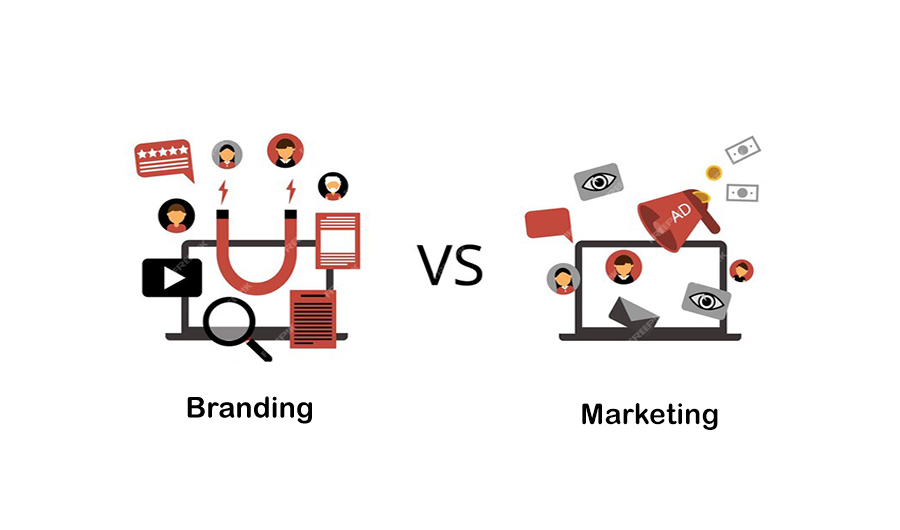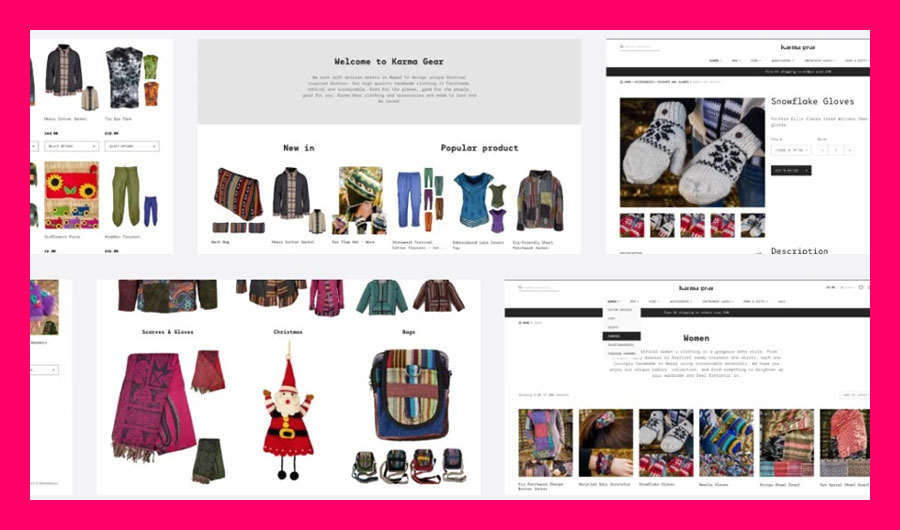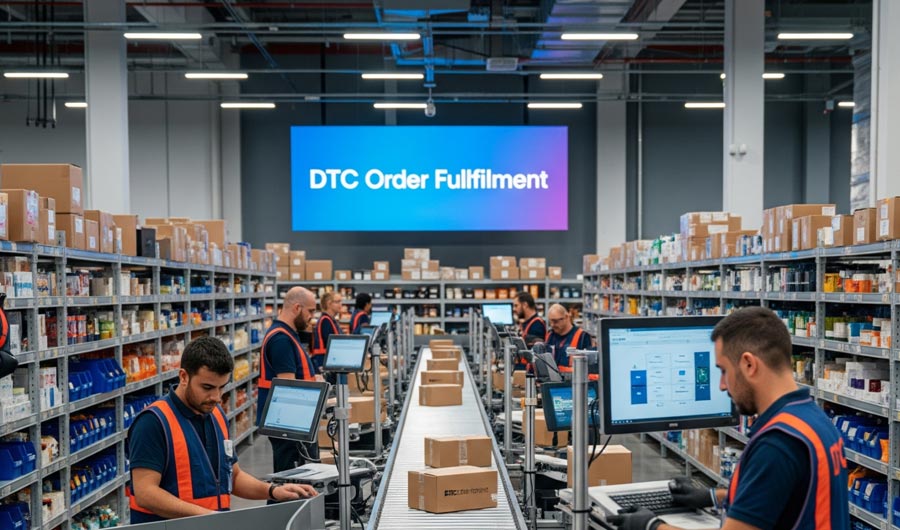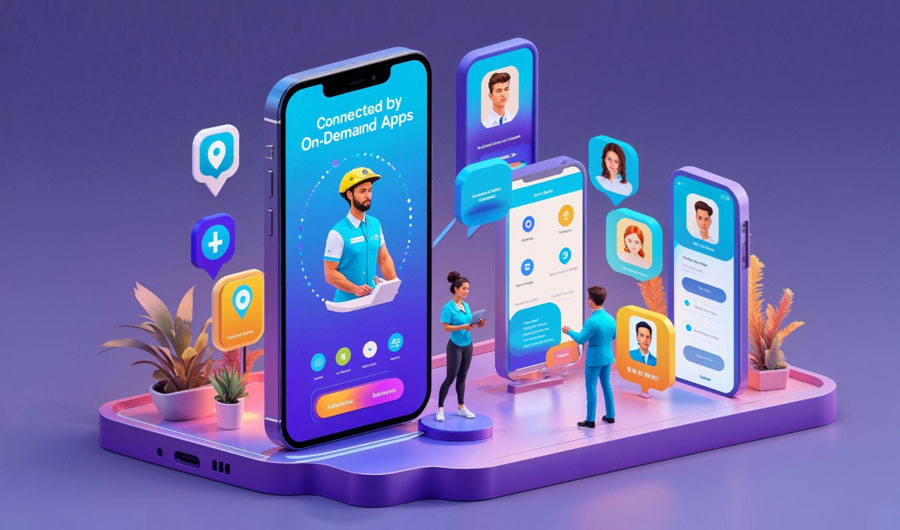
Differences between Branding and Marketing
The differences between Branding and Marketing lie in their distinct objectives for enticing audiences. The terms branding, advertising, and marketing are often stressed or used. Marketing and branding do overlap.
But, enterprise owners must distinguish branding. From advertising and marketing to integrate them in an overarching virtual method. Marketing and branding are crucial; yet, forming your brand precedes selling it.
Table of contents
- What is branding?
- Brand equity
- Keller brand equity model
- Brand identity: Who are you?
- Brand meaning: What are you?
- Brand Response: What do you think and feel about you?
- Brand Resonance—what is our connection like?
- What is marketing?
- Inbound marketing
- Outbound marketing
- Differences between branding and marketing
- How do marketing and branding work together?
- FAQS
- Conclusion
What is branding?

It turns out that between them. they managed to come up with 12 completely exceptional factors. Those were splendid branding and marketing experts. A strong attempt at defining branding comes from the AMA (American Advertising Association).
“A call, term, layout, symbol, or a combination of them, supposed to pick out the goods. services of one supplier or institution of dealers to distinguish them from competitors.”
Brand equity
Now that, we have a better understanding of what branding is, the query remains: how are we able to appear to build it? How do we get customers to time and again pick us over the opposition.
The answer lies in producing a fair logo. Powerful branding establishes a basis for consideration and recognition. Improving the differences between Branding and Marketing efforts. Branding Design Pro enhances an organization’s merchandise value, thanks in large part to the efforts of brand strategists who work tirelessly to make a name recognizable and esteemed.
This equity generated through each advertising and marketing movement (advertising. PR campaigns, social media), as well as consistency in handing over the logo. When accomplished , it will mean extra clients will sell more from you. Also tell you, and be much less likely to go away from you for the opposition.
Keller brand equity model
The equal professor Keller we stated in advance came up. With a version for measuring and constructing logo fairness. Keller’s logo equity model, or CBBE (based logo fairness version). Hinges around a simple idea. Forging a robust logo is set to create high-quality minds, emotions. Perceptions toward your product or service.
To build sturdy emblem fairness, companies will have to recognize four underlying questions. clients will ask about your emblem. Businesses that fail to discern the differences between Branding and Marketing chance. Moreover, sending combined messages to their target audience. So impacting standard logo perception.
Brand identity: Who are you?
The dynamics of the marketplace must include differences between Branding and Marketing. To set up a long-lasting effect. The primary stage of the pyramid is ready-growing logo attention and reputation. Formal you want purchasers to partner your emblem with a selected product or carrier. Second, the industry you compete in, and the specific patron needs you help fulfill.
Essential, the final aim is to have purchasers be capable of considering your brand. While exposed to your precise product class or industry. If that’s not the case, then you definitely ought to try and understand why that message isn’t getting through.
A competitive ad campaign around emblem attention will be a good alternative.
Brand meaning: What are you?
The differences between Branding and Marketing underscore the need for a strategy.
So, that aligns with an agency’s overarching desires. Once customers become acquainted with an emblem. They’ll naturally want to understand more. What do they stand for? Are they reliable? What’s satisfactory about their merchandise? Do they have powerful customer support?
Keller divides this phase of the pyramid into blocks:
Brand performance
Does it do what it says on the tin? Long-term performers generate strong logo equity (suppose Apple, Nespresso, and Jaguar).
Brand imagery
Do I look and feel as advertised after using this product or service? For example, Gillette has traditionally campaigned around masculinity while advertising their razors.
Brand Response: What do you think and feel about you?
Effective communication of a logo’s values and identity is the essence of branding. Also setting the stage for successful marketing endeavours. The 0.33 stage inside the pyramid is determined. Whether your product and logo experience have lived up to the hype. Has it delivered as promised? How do they feel after using your product or service?
Keller also divides this segment of the pyramid into two blocks:
Judgement
These are all the negatives that detract from a customer’s brand. That is generally assessed via the product’s first-rate. How it stacks up against competition, and how credible the logo is. score very poor right here, and clients will pay you back in type through poor word-of-mouth.
Feelings
On the flip side, in case you efficiently deliver on your brand promise. Also provide great customer support, and an even better very last product. When focusing on this stage of the pyramid, you need to deliver more fine “emotions” than you do bad “judgments.”
Brand resonance—what is our connection like?
Agencies that understand the differences between Branding and Marketing. Thus can create a harmonious synergy that resonates with their audience. We’ve finally arrived at the top of our pyramid, and the most difficult. But most acceptable, trait of logo fairness Brand resonance achieved. When a strong bond between the logo and the customer is formed. They’ll additionally tell your merchandise to pals, circle of relatives. Also pretty much everyone is inclined to pay attention due to the fact that it is close.
They’d experience downright responsibility if they didn’t.
What is marketing?

If branding is the identity of an enterprise and the venture or tale behind why it exists. Then advertising is the tool that finds an applicable target audience. That buys into that assignment. Reaching the differences between Branding and Marketing is vital. For a holistic method that guarantees steady and impactful communication. At the end of the day, each company, from small nonprofits to mega conglomerates, wants to sell to survive. There are many one-of-a-kind “institutions” and “procedures” for achieving that end. Usually, these unique entities or subcategories can split into two companies. Working with an agency, such as branding agency London can help you establish a strong brand identity and reach your target audience more effectively.
Inbound marketing
Inbound advertising is the practice of attracting customers. Through the production of natural content material. It incorporates many kinds of “pull” advertising together with content advertising and marketing . (blogs, movies, podcasts, eBooks), SEO (search engine optimization), social media advertising. Also occasions to meet a hyper-focused target audience of client personas.
In the long run, learning the differences between branding and marketing. Empowers agencies to create compelling. Enduring presence in the competitive marketplace panorama. Inbound advertising and marketing guide potential. Customers along a four-stage purchaser’s journey, from logo focus to emblem loyalty:
Attract:
It is ready to let clients know you exist, the desires you fulfil, and the products or services you provide. The best way to reach your centered audience is through SEO-optimised content material. Human beings searching for topics associated with your emblem are much more likely. Too interested in your product. than a person interrupted by a random television commercial.
Convert:
Now that you’ve built a small following. Attracted a few initial hobbies. It’s time to convert many of these potentialities into strong leads. Once you’ve received an email to cope with or telephone quantity, you have a lead! You’re now equipped to transport onto stage three.
Close:
With a developing electronic mail listing. You could now start to reflect on considerations for converting into income. Instead, they may be brought to an email workflow. That grants them relevant content that addresses their precise worries. A CRM (buy relationship control software) . HubSpot or Pardot are now available.
Delight:
The final and most omitted stage of the inbound marketing funnel is satisfaction. Satisfied clients are the handiest, most effective source of recent commercial enterprise opportunities.
Outbound marketing
Outbound advertising and marketing then again includes extra conventional forms. Which consists of advertising via TV ads. Also billboards, commercial exchange shows, SDR bloodless calls, and unsolicited mass e-mailing. The key distinction between inbound and outbound marketing is that inbound, the client reveals you.
In outbound advertising and marketing, it’s the logo that initiates the conversation.
Differences between branding and marketing
If branding is the writer, advertising and marketing are the publishers. Even as growing an emblem identification comes. But before creating advertising and marketing techniques, the two have shared goals. So it’s not a question of marketing vs. branding, but rather how one complements the other. Your emblem identification is the muse of all your advertising and marketing plans. Without a meaningful logo, you couldn’t make an advertisement. Marketing strategies expected to deliver on short-term sales dreams. A branding employer makes use of branding concepts and creates your tale. While an advertising and marketing agency piques their hobby. That gets more people to listen to you.
How do marketing and branding work together?
All and sundry knowledge of branding was once confined to the layout elements. Including the corporation brand, shade palette, and more. Yet, recent years have emphasised the importance of the customer experience. What they experience is as vital as what they see. Branding is essential to being memorable, connecting with your target market. If your clients aid your business, they have shared values. Branding brings together a community in this manner. But marketing is what nurtures that connection.
You won’t be developing your business if either branding or advertising gets left in the back. As an instance, your advertising marketing campaign might be losing cash. If it doesn’t align with what your logo stands for. But, you also do not want to hold back from advertising opportunities.
FAQS
Q. Can an organisation succeed with strong branding but least advertising, or vice versa?
Branding and marketing play vital roles in an enterprise’s success. But, their impact can vary depending on the occasion.
Q. How do branding and advertising collaborate to beautify an enterprise’s achievement?
While branding and advertising have distinct focuses. They work to construct a strong and recognizable presence in the marketplace.
Q. What’s the fundamental difference between branding and advertising?
Branding and marketing used , but they serve awesome purposes. Branding is the process of growing. Also cultivating a unique identification for a corporation.
Conclusion
In the end, expertise in the nuanced differences between branding, advertising, and marketing. searching to set up an impressive presence. Even as branding lays the foundation of an agency’s identification, marketing acts. the driving force behind product merchandising.
Even as the two ideas overlap in many areas. There is nonetheless a wonderful distinction between the two. Branding is the long-term promise made to customers and the story behind why an agency exists. Advertising is set on uncovering and connecting. With audiences greatest to enjoy that long-term promise.






